Nutrition
Staple Ingredients to keep in Every Kitchen

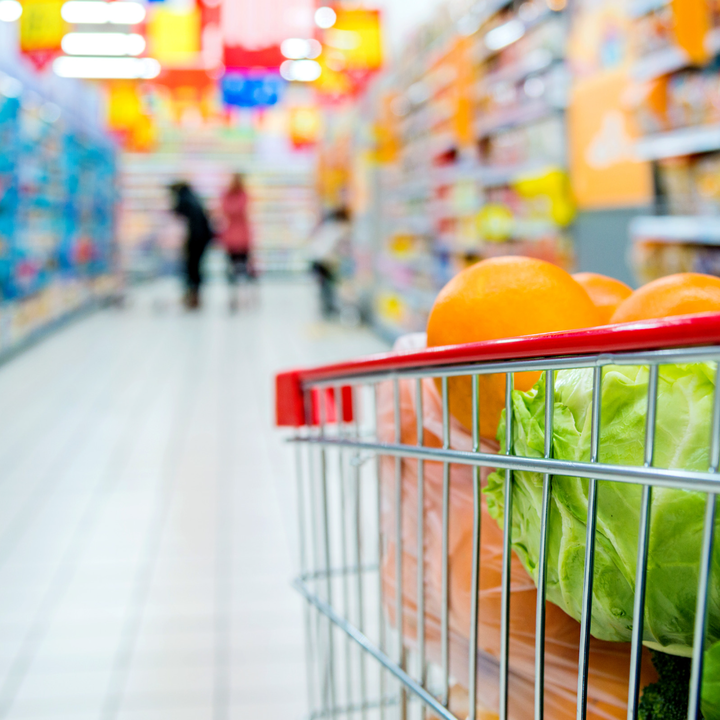
Written by Jessica Bauer (APD, CDE) and Gina Horn (APD)
The Basics of a Strategic, Healthy Shop
With so many different ingredients, dietary requirements and new products constantly becoming available, the thought of the weekly grocery shop or even visiting the grocery store has become very overwhelming. To take some of the pressure off, we asked our Dietitians what we should always keep in our Fridges, Freezers and Pantries.
So, what should we be buying?
Let's begin with the main food groups
- Vegetables (and lots of them)
- Fruit
- Grain Foods
- Dairy
- Lean Meat/Seafood/Vegetarian or Meat Alternatives
- Healthy Fats
Ideally, we want to be including each of these at most meals and snacks throughout the day, and can use these food groups to plan healthy meals during the week.
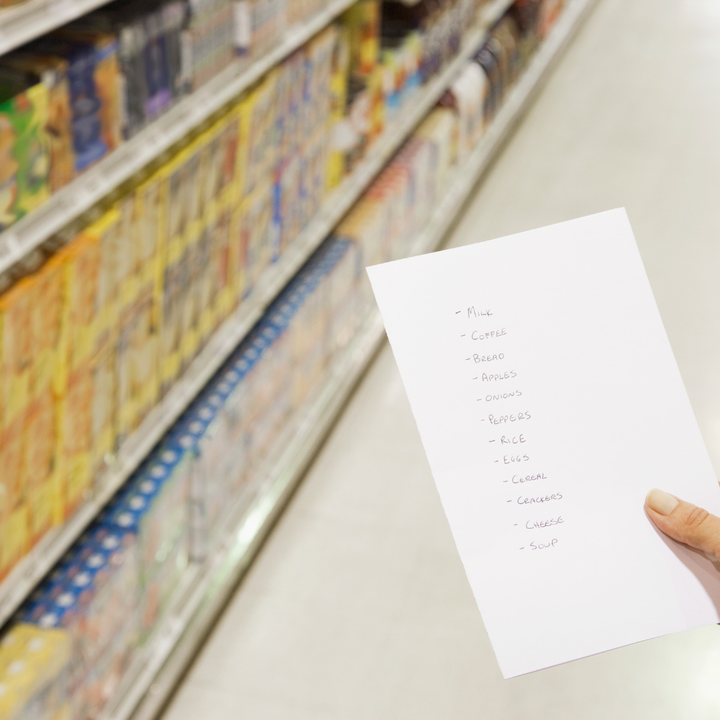
Our Top Tips for Grocery Shopping
- Plan out your meals and snacks for the week and write a list. Now stick to the list! Don't be tempted to add anything that's not on the list just because it's on sale.
- Don't shop when you are hungry! You will be less tempted by the more processed and discretionary foods. Also avoid going down the chocolate or chips aisle if it is too tempting.
- Aim to fill up the majority of your shopping trolley with the main food groups (mentioned above) and try to minimise the amount of discretionary foods.
- Frozen fruit and vegetables, and canned beans and legumes can be a great way to save some money and is an easy way to bulk out your meals. They last longer than their fresher counterparts so can help reduce food waste as well.
- Consider using online shopping options or click and collect - you might find it easier to stick to your list, reduce spending on tempting discretionary foods and save a few dollars!
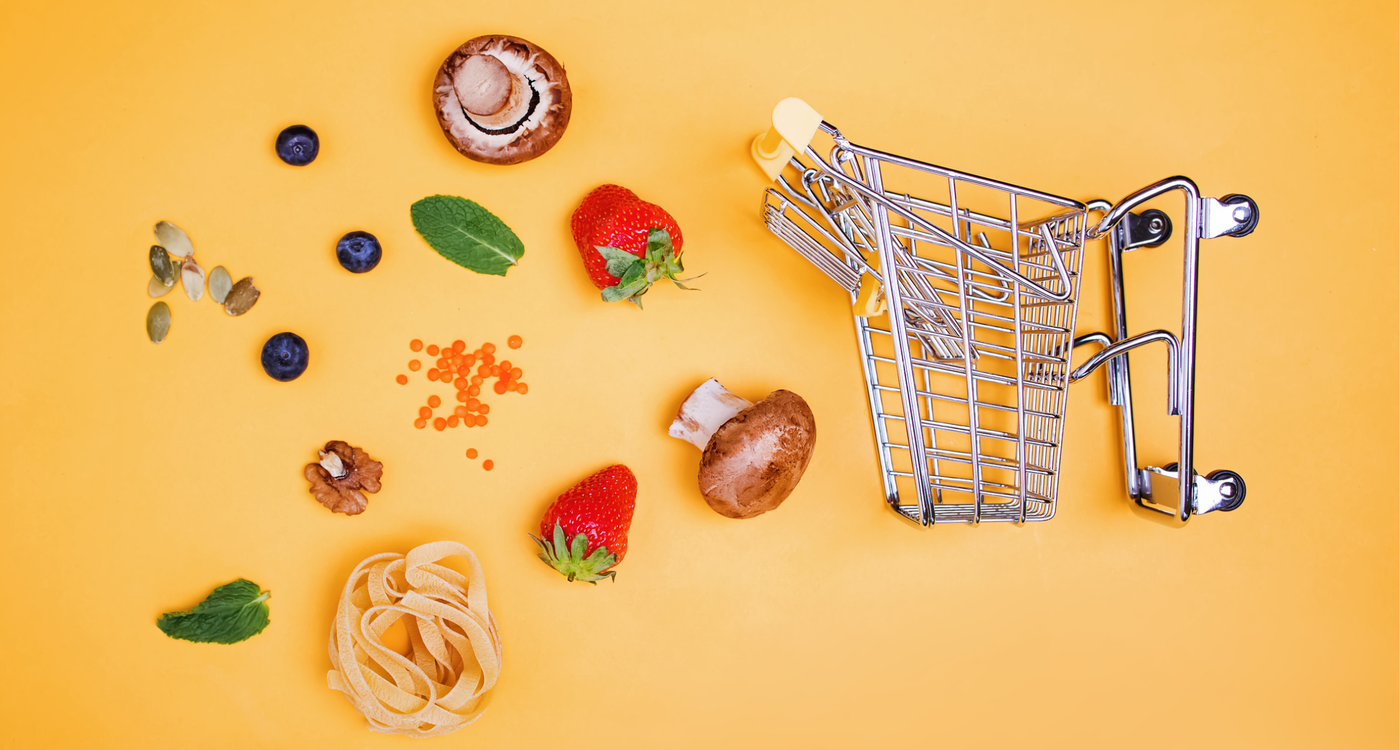
So, What Should We Be Putting in Our Trolley?
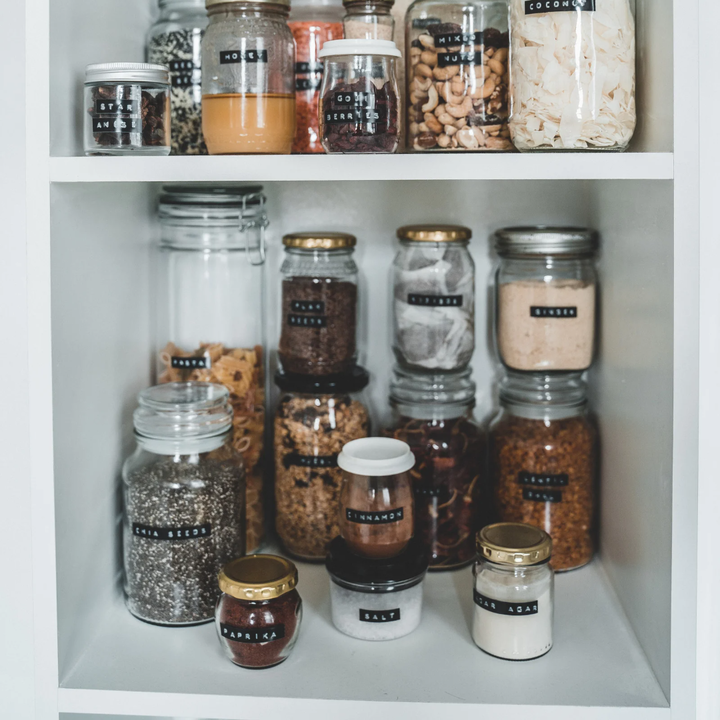
For The Pantry
Aim to keep a good stock of these dry foods:
- Wholemeal/Wholegrain or High Fibre, Low GI White Bread, Bread Thins, Wraps or Pita Pockets
- Long Life Milk or Powdered Milk
- High Fibre Cereals (e.g. All Bran, Weeties, Weetbix)
- Oats (Rolled Oats, Microwave Oats)
- Grain Products (e.g. Basmati Rice, Barley, Couscous, Quinoa), including microwavable options.
- Wheat, Spelt or Pulse Pasta Range (e.g. Vetta, San Remo)
- Tinned Seafood (Sardines, Tuna, Salmon)
- Tinned Legumes and Lentils
- Extra Virgin Olive Oil
- Nut Paste/Butters
- Snack Foods such as Mixed Unsalted Nuts, Whole Grain Crackers, Seaweed Chips, Roasted Chickpeas
- Dried Herbs and Spices
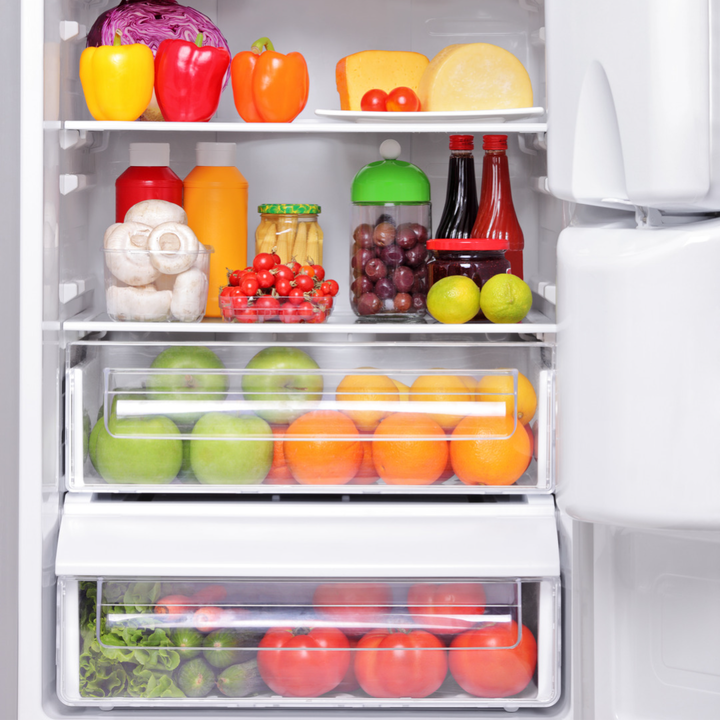
For the Fridge and Freezer
Some staples for cold food storage:
- Low Fat Yoghurt (e.g. Yoplait Forme Zero, Chobani, Activia)
- Cheese (e.g. Block Cheese, Cottage Cheese, Ricotta, or Low Fat Cream Cheese)
- Eggs
- Fresh and Frozen Fruit and Vegetables
- Lean Meats and Seafood/Frozen Seafood (e.g. frozen salmon, crumbed fish)
- Meat alternatives (e.g. tofu, tempeh, vegetarian burger/quorn, veggie delights sausages)
- Healthy frozen meals (e.g. super nature, lean cuisine, healthy choice, coles perform).
- Dips (Hummus, tzatziki, salsa, guacamole)